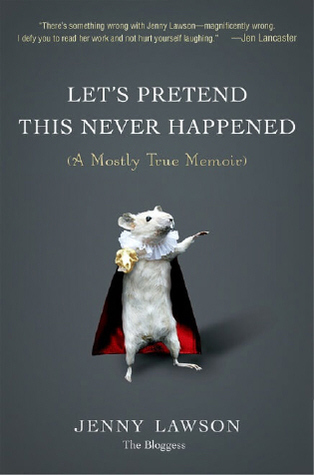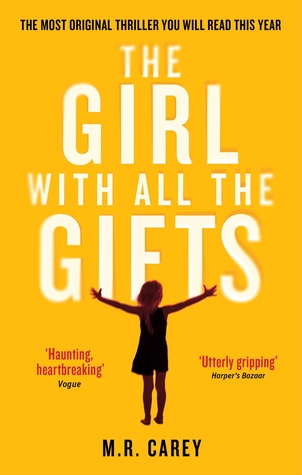“I Am America” describes “heroes” as “people who did not skip ahead” to that speech “but read the book from start to finish as intended.” Heroism aside, to experience the speech in print is to understand what “I Am America” is missing.Mr. Colbert and his staff write for a particular character with impeccable, deadpan delivery, and there is no book-worthy equivalent of what happens when the real McCoy gets near a microphone. The printed speech falls surprisingly flat. Neither this chapter nor the rest of “I Am America” is helped by little red annotations in the margins, though these, too, mimic a tactic that happens to be funny on TV.
 mong the funnier sections is the “Higher Education” chapter. It includes what purports to be Mr. Colbert’s college application essay, featuring ripe malapropisms, overuse of a thesaurus (“the apex, pinnacle, acme, vertex, and zenith of my life’s experience”) and the lying claim that his great-great-uncle’s name is on a building at Dartmouth. There are also fake course selections with student annotations, among them “Ethnic Stereotypes and the Humor of Cruelty” (“A professor will tell you a bunch of hilarious jokes, and you’re not allowed to laugh”) and “Dance for Men.” (“Go ahead. Break your mother’s heart.”) Heterosexuality that protests too much is a big part of the official Colbert attitude...If “I Am America (And So Can You!)” had nothing but its title, its Colbert cover portrait and 230 blank pages instead of printed ones, it would make a cherished keepsake just the same."
mong the funnier sections is the “Higher Education” chapter. It includes what purports to be Mr. Colbert’s college application essay, featuring ripe malapropisms, overuse of a thesaurus (“the apex, pinnacle, acme, vertex, and zenith of my life’s experience”) and the lying claim that his great-great-uncle’s name is on a building at Dartmouth. There are also fake course selections with student annotations, among them “Ethnic Stereotypes and the Humor of Cruelty” (“A professor will tell you a bunch of hilarious jokes, and you’re not allowed to laugh”) and “Dance for Men.” (“Go ahead. Break your mother’s heart.”) Heterosexuality that protests too much is a big part of the official Colbert attitude...If “I Am America (And So Can You!)” had nothing but its title, its Colbert cover portrait and 230 blank pages instead of printed ones, it would make a cherished keepsake just the same."2007 NY Times book review
Betsy will once again host the Holiday Cookie Exchange end of the year party.

























